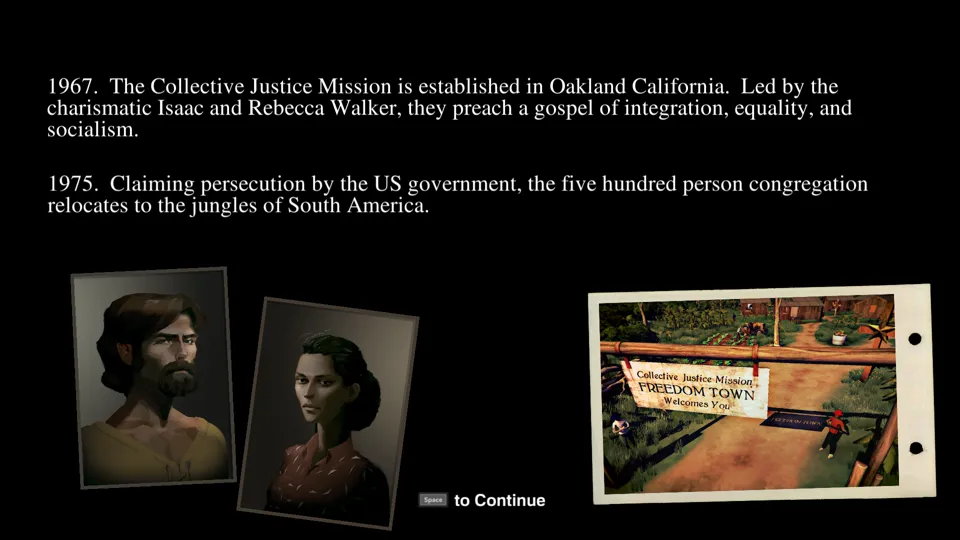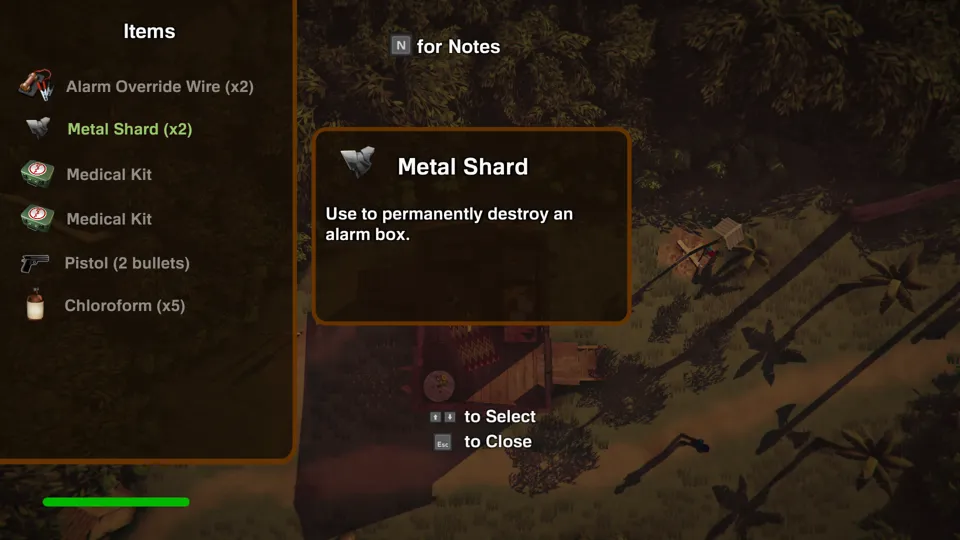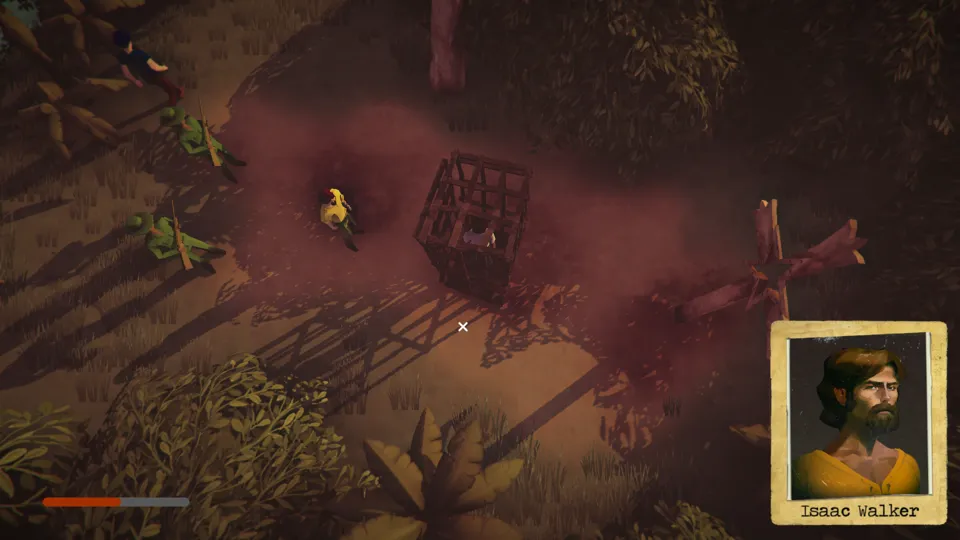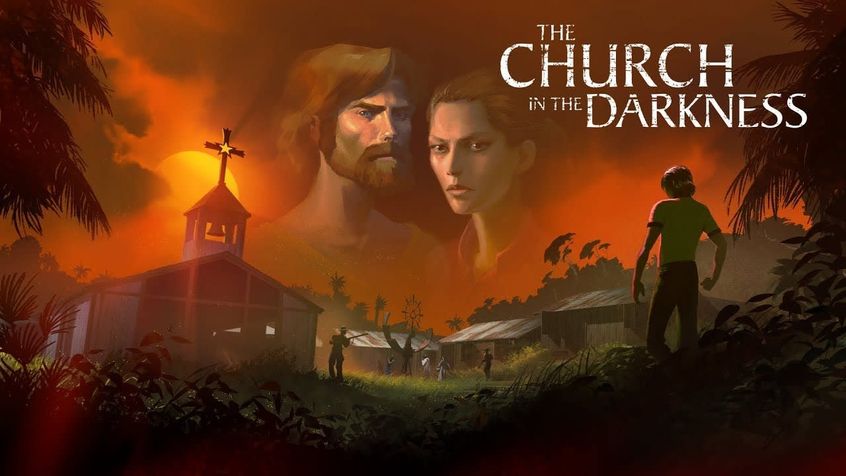Church In The Darkness
I have a test I like to run when I play a stealth game. I call it the Idiot Test, and it goes like this:
Imagine I don’t care about stealth. Imagine my only goal is the goal the game has set for me, and I just want to get there. To do this, I stop using the sneak button, and instead, smash that sprint button and go. I sprint through the level or the map or whatever it is, and see what happens. If I successfully solve whatever the game wanted me to solve by doing this, and no aspect of the game is fundamentally different as a result, or I don’t miss any element of the game, I don’t think it’s a bad game, per se. I do, however, think it’s a game where the stealth is the only point, and the story is just fluff, designed to prop up the stealth, but not terribly important in and of itself.
This isn’t always a problem. The story doesn’t always have to be the point of the game, and there are many perfectly lovely stealth games where I can just yeet myself through and still have a good game on the other side. However, when this becomes preferable to actually playing the game, and there’s no particular incentive to play differently, that becomes a more fundamental problem for the game.
 This sounds strangely familiar…
This sounds strangely familiar…
The Church in the Darkness is an action stealth game. You play as Vic, a police officer hunting down his nephew, Alex, who has joined a cult. Vic must infiltrate (or slaughter, if that’s your wont) the cult in an effort to find his nephew.
I find the combination of action and stealth interesting, as the player is under no obligation to do either. They can, if they so choose, charge in, guns blazing, slaughtering every member of the cult, and dragging Alex out by his ear. The player is also under no obligation to do this, and can choose to non-lethally stealth their way through the entire game. There are multiple options for how to play, and the game’s outcomes change depending on the approach the player takes. This idea of multiple approaches is further complemented by the personalities of the preachers and Alex being randomised, and the map itself being different in every playthrough.
 Oh, and there’s an inventory.
Oh, and there’s an inventory.
It’s in this variety of solutions approach, though, that the game shoots itself in the foot. Most stealth games aren’t procedurally generated. They have carefully designed levels with a variety of paths and potential solutions to the question of how to move through them undetected. In doing so, they create an experience that is as much a puzzle as anything else. While there is a thrill in crouching behind a barrier, waiting for a guard to pass by, there is also a thrill in planning a route and understanding the precise steps that need to be taken to make it through. This ability to route plan works if and when the designers have made it possible to work. Level design is absolutely critical to any stealth game.
In procedurally generating its maps, the Church in the Darkness sacrifices this careful level design. There isn’t the same ability to carefully plan routes or the thrill of solving the puzzle, because there is no particular puzzle. There are clusters of guards to move past, then nothing, then another cluster. The game doesn’t ask the player to think stealthily; it just asks that the player be willing to press the crouch button every once in a while.
This is a boring approach to stealth. As I said, the fun of stealth is in route planning, and understanding what steps need to be taken to move unseen. When that’s taken away, there is very little incentive to play stealthily. Indeed, the game itself doesn’t really seem interested in being a stealth game. My first playthrough, I decided to be nonlethal, and used nonlethal takedowns on guards. Imagine my surprise when they were awake and chasing me within a few seconds. There is very little incentive to be stealthy or nonlethal in this game. When the mechanics are either boring or ridiculous for a stealthy playthrough, the only real way to play seems to be to charge in, guns blazing, and turn this cult into a shooting gallery.
 It doesn’t always go well.
It doesn’t always go well.
There’s nothing inherently wrong with a guns blazing, yeehaw action game. There are entire swaths of AAA gaming that are essentially that, and they do well enough for themselves. However, the Church in the Darkness is a game that presents itself as one where the players choices matter, where they influence the outcome, and where there is replayability, because each playthrough offers something new. When one entire genre of play is disincentivised, though, it’s well worth it to question to what extent my choices as a player actually matter, or if I as a player even truly have choices.
I’ve written at length about multiple endings and the idea of player choice, and whether these trends in gaming are helpful. The Church in the Darkness is an outstanding example of multiple endings and the idea of the player influencing the world actively working against the game’s best interests. Through procedural generation, the things that make a stealth game interesting are lost. Through randomising the preachers and Alex, the incentive to play differently is lost. This is a game that does not understand the contexts and reasons for multiple endings, and what makes player choice an actual choice. It could have been a fairly linear stealth game, and it would have been far better off for it. As is, it is a jumbled mess that is best played by throwing up the hands and sprinting through the map.
Developer: Paranoid Productions
Genre: Stealth, Action
Year: 2019
Country: United States
Language: English
Play Time: 6 Hours
Youtube:
